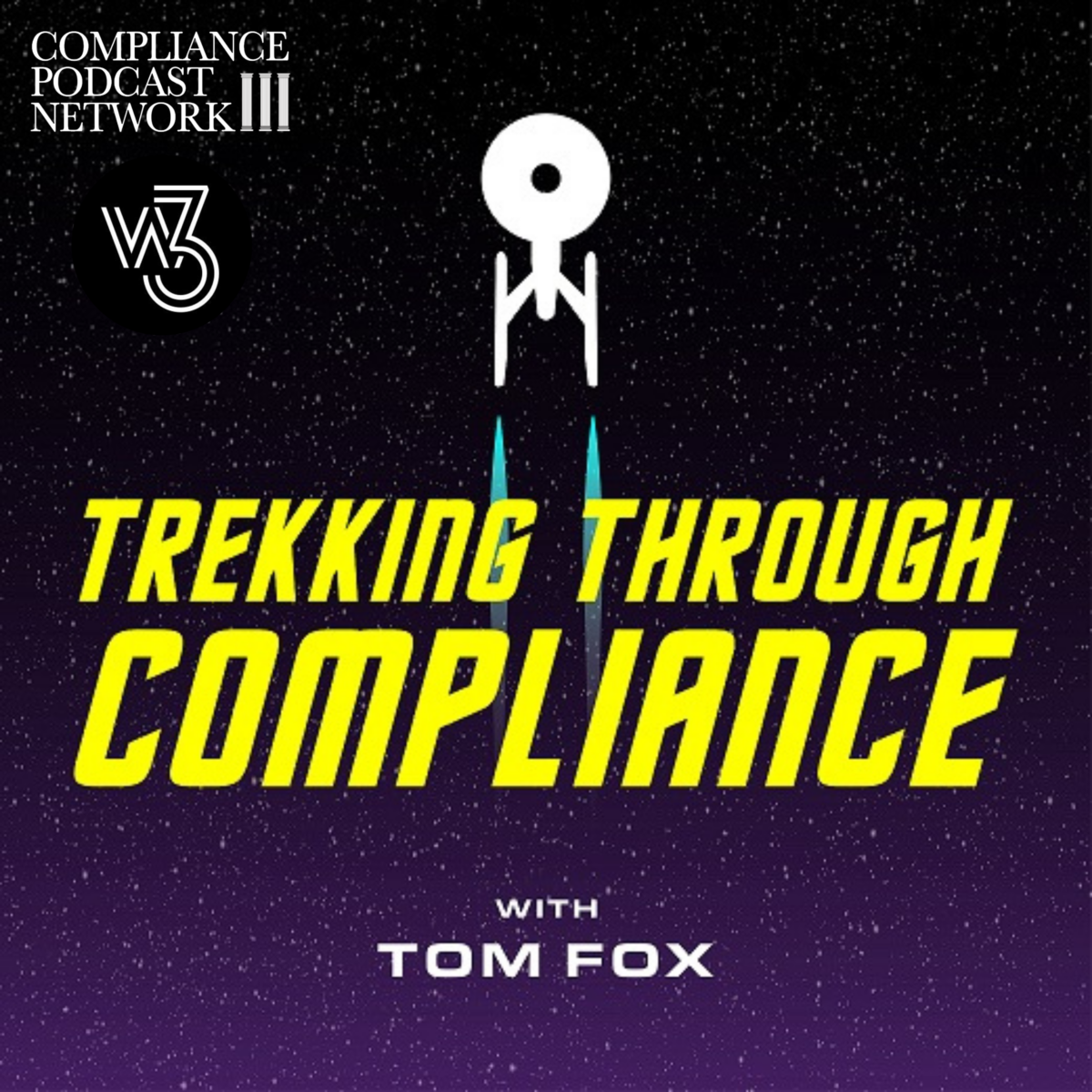I am on a mission to explore how AI and machine learning (ML) can impact the compliance profession, the compliance profession, and the corporate compliance function. Today, I want to explore using AI and ML in risk assessment. I believe that they both have the potential to transform the way we approach risk identification, analysis, and mitigation. By harnessing the capabilities of AI and ML, compliance teams can elevate their risk assessment game and position their organizations for long-term success. Today, in Part I, we consider why you should utilize AI and ML in your risk assessment process and the first steps to take.
For years, organizations have relied on manual, human-driven risk assessment approaches. This often involves painstaking data gathering, expert interviews, document reviews, and applying risk frameworks and methodologies. While these time-tested methods have their merits, they are inherently limited in several ways:
- Subjectivity and Bias: Human risk assessors bring their own experiences, perspectives, and biases to the table, which can lead to inconsistent or skewed risk evaluations.
- Scalability Challenges: As businesses grow in size and complexity, manually assessing every risk factor becomes overwhelming and resource-intensive.
- Reactivity vs. Proactivity: Traditional risk assessment tends to be retrospective, focusing on known or historical risks. Anticipating emerging threats requires a more forward-looking, proactive approach.
- Lack of Real-Time Responsiveness: The pace of change in today’s business environment means that risk profiles can shift rapidly. Manual processes may need help to keep up with these dynamic conditions.
AI and ML offer promising solutions to overcome the limitations of manual risk assessment. By leveraging these technologies, compliance teams can identify a more significant overall set of risks. AI-powered systems can scour vast internal and external datasets to uncover potential risk factors that human analysts may have overlooked. Machine learning algorithms can identify patterns, anomalies, and correlations, providing a more comprehensive, data-driven view of the risk landscape.
However, it is not simply the ability to uncover more risks through greater data sets but also the ability to use AI and ML tools. Compliance professionals can quantify and model risk variables with greater precision, considering a broader range of factors and their interdependencies. This allows for more accurate risk scoring, prioritization, and scenario planning. This leads directly to anticipating emerging threats and vulnerabilities, empowering organizations to take proactive measures.
Consistency and objectivity are critical for any risk assessment. In this area, AI and ML-based systems can apply consistent, standardized risk assessment methodologies, reducing the impact of individual biases and subjectivity. Automated risk assessment powered by AI and ML can also process large volumes of data and handle complex risk evaluation tasks, freeing compliance professionals to focus on strategic decision-making. The goal is to move towards a more continual monitoring system, and here, AI-driven risk assessment can be integrated into real-time monitoring and alert systems, allowing organizations to quickly identify and respond to changes in their risk profiles.
How does a compliance function implement all of this AI and ML? There are several steps you should consider.
- Assess Your Data Readiness: Effective AI and ML-powered risk assessment relies on high-quality, structured data availability. The DOJ mandates that you have access to your company’s data, including identifying any gaps or limitations and developing a plan to enhance data governance and management.
- Identify Use Cases and Prioritize: Conduct a thorough analysis of your risk assessment needs and pain points. In other words, what are your high-risk areas? Determine which specific areas – such as fraud detection, vendor risk management, or third parties – could benefit the most from AI and ML-driven solutions.
- Evaluate and Select the Right Tools: Research and evaluate a range of AI and ML-powered risk assessment platforms and solutions. Consider factors like integration capabilities, user-friendliness (it’s all about the UX), scalability, and the provider’s track record in compliance and risk management.
- Pilot and Iterate: Start with a targeted pilot project to test the viability and effectiveness of your chosen AI and ML-based risk assessment approach. (Hint: Start small with a low-risk target.) Closely monitor the results, gather feedback, and continuously refine the solution to optimize its performance.
- Train Your Team: Ensure compliance and risk management professionals have the necessary skills and knowledge to effectively leverage AI and ML technologies. Invest in training, workshops, and collaboration with data science and technology experts.
- Establish Governance and Oversight: Develop robust governance frameworks to ensure the responsible and ethical use of AI and ML in risk assessment. This includes addressing algorithm bias, data privacy, and human oversight.
- Foster a Culture of Innovation: Encourage a mindset of continuous improvement and experimentation within your compliance function. Empower team members to explore new ways of leveraging emerging technologies to enhance risk assessment and drive organizational resilience.
Join us tomorrow to consider implementation and some compliance use cases.







